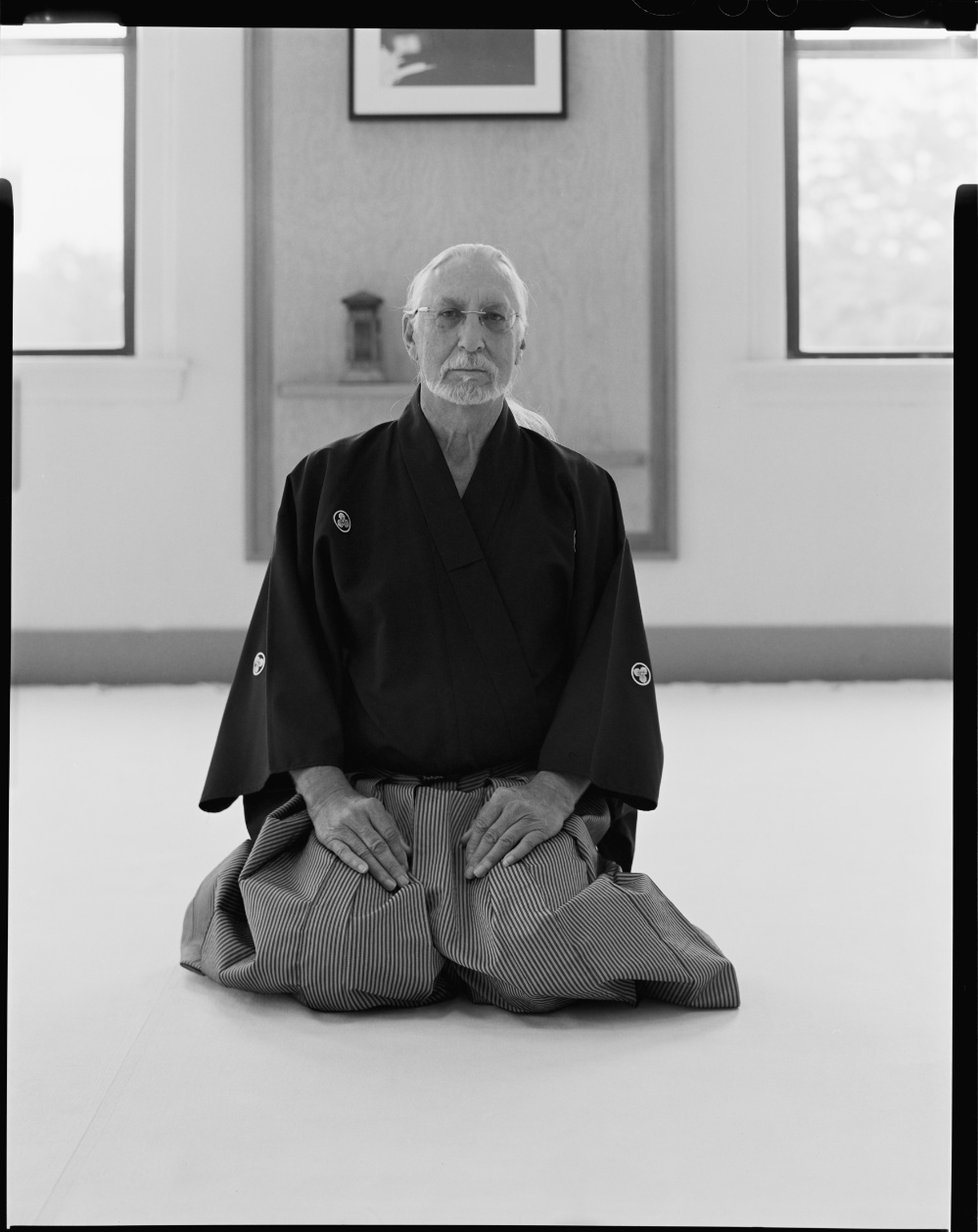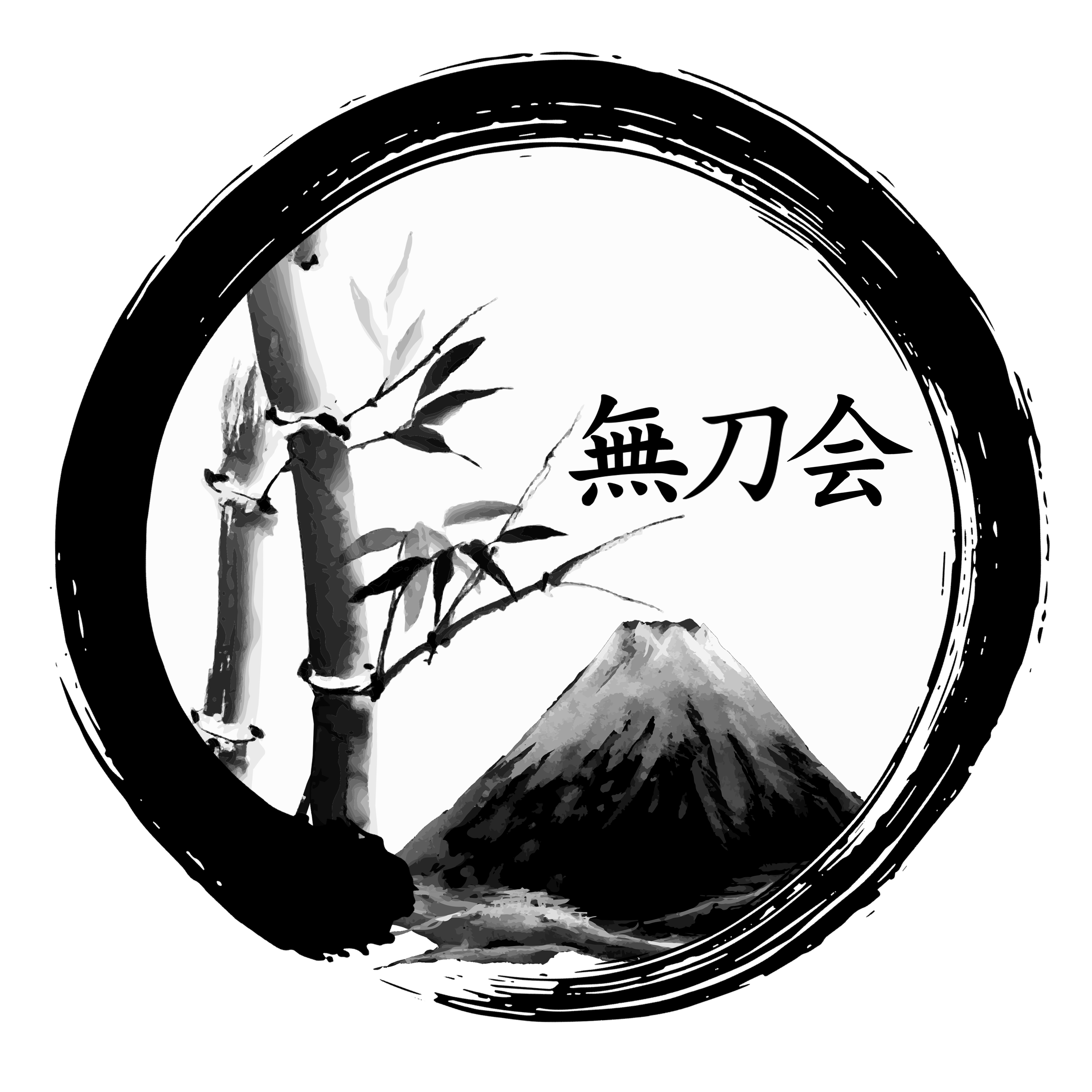


The Mutokai was founded in 1979 by Dale Schwerdtfeger. It was done under the guidance and advice of his teacher Tsumura Keiji Sensei of Tokyo. The name translates as the "sword of nothingness" or the "empty sword". In the Mutokai we practice two distinct forms of iaido. All members train in the forms and traditions of the Musoshinden sect. As the master of Musoshinden-ryu died without naming a successor there are no longer any dan rankings (black belts) issued in the style with a validity beyond the club level. Ranking is given according to the old style of awarding den. There are three levels: shoden, chuden and okuden. In the Mutokai we have members training at all three levels.
We also train in the modern forms generated by the All Japan Kendo Federation. Kendo is a competitive, sports oriented adaptation of the traditional schools of ken-jutsu. Practitioners wear padding and use split bamboo sticks to prevent injury to the opponent when striking. This has led to techniques suited to speed of hitting rather than power in cutting. The All Japan Kendo Federation iaido forms were developed to remind kendo practitioners of what the real katana was all about, It was also an attempt to standardize iai testing in the Kendo Federation so that people with backgrounds in any of the traditional iai schools could test for nationally recognized rank. Mutokai dan are granted for advanced training in both of these traditions.
Iaido is the art of drawing, using, and resheathing the Japanese sword, or katana, quickly and efficiently, without damaging either the sword or the swordsman. Iai generally assumes an aggressive cutting draw in response to a sudden attack. The art was developed over 400 years ago by a swordsman named Hayashizaki Jinsuke Shigenobu. Iaido grew out of the dueling techniques variously called batto-jutsu or iai-jutsu, which evolved in the wake of the development of the katana styled sword and the taito style of wearing it (with the kimono, blade edge up, through the sash). Batto-jutsu was not suited to the organized combat of armored warriors, but was developed as an effective means of self-preservation for the unarmored situations of the Samurai‘s everyday life. It involves the need to act in an instant, without thought or plan or fear of death. Unlike other forms of ken-jutsu, iai assumed no time to take up a position or ready the mind. Thus, it became the epitome of the pragmatic application of the Buddhist doctrine of "no mind", a practical demonstration of the achievement of the meditative state of "mu" or nothingness.
With the consolidation of Tokugawa control over the local lords, warfare decreased and was eventually completely quelled. The "fast draw" techniques of iai-jutsu were perfectly attuned to those transitional days of political intrigue and armed ronin, the wandering warriors put out of work by peace. Nonetheless, the katana as a weapon gradually became obsolete. For the peacetime samurai the sword became more of a badge of office than a practical weapon of personal combat. Despite this met, swordsmanship did not become obsolete. The art of wielding the katana still survives today and prospers on the archipelago as a unique legacy of feudal Japan. Indeed, in recent years it has spread beyond Japan's borders to be practiced widely in the West. But it does not exist merely as a relic of the past. To survive in the fast pace of modern life it must provide something of relevance to us now.
Defending oneself with a katana is hardly a viable option today. Yet this is no sport. These are not forms for touching and scoring. These are forms for cutting. There is no replacement of the katana with sticks and, therefore, no competition is possible. But if the practical stuff of self-defense that was the impetus for the invention of iai no longer applies, the methods whereby those results were attained do still hold relevance to our lives. Zen masters talk of the opposed swords of satsujin and katsujin, the sword of death and the sword of life respectively. Although the need for people to study the arts of the katana as arts of death is mercifully past, the methods for teaching those deadly techniques can equally serve the art of living.
The sword of iaido is the Sword of Life. The discipline of traditional training in iai retains the same benefits that originally set the art form apart as one of the surest avenues to a Zen state of awareness. Certainly there is pleasure in learning to handle a tool of the elegance of a fine katana with a confidence of mind and grace of movement befitting such a work of art. But the real goal of training is to bring this same confidence and grace to the conduct of one's everyday life. The goal is not to perfect a martial system whereby one can defeat an enemy by physical power and technique. The goal, rather, is to perfect a system in which one learns to flow with life, to not fight the natural flow of it. In this way we hope to defeat fear and uncertainty. Also, no movement form surpasses iai in training the body to proper posture, alignment and centering.



Membership is open to all people of 16 years and above. Entrance is only possible after an interview with an instructor. This interview is for the purpose of explaining the nature of iaido and the Mutokai to the applicant, outlining our expectations of the student, and forming some idea as to the level of preparedness and seriousness of the prospective student. Membership entails a monthly fee of $50. Non-members may be allowed to practice with the club on a per session basis upon receiving the permission of the instructor and the payment of a $10 mat fee. All are required to sign a waiver of liability form before gaining access to the floor. If you would like to join Mutokai, please fill out this form. If you would like to ask questions or chat with other club members, feel free to email us at [email protected] or join our Discord server.


